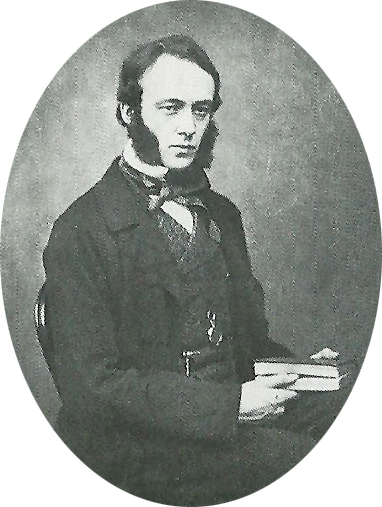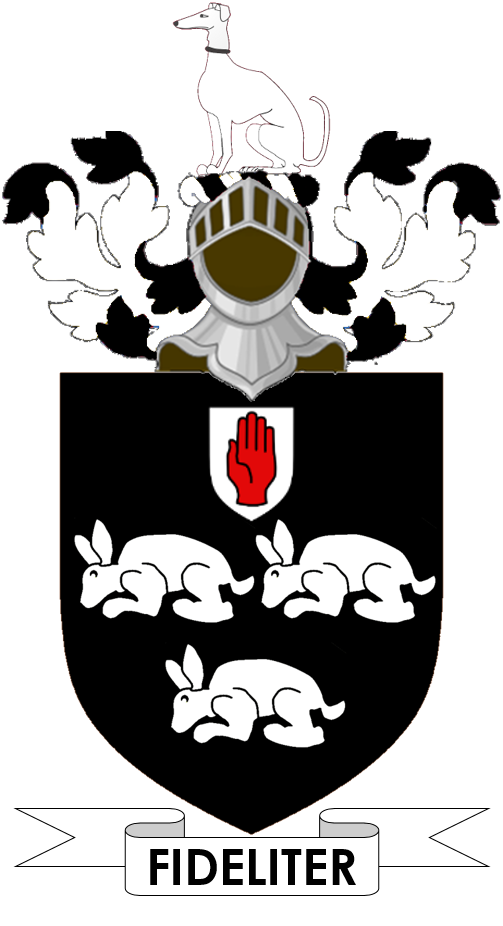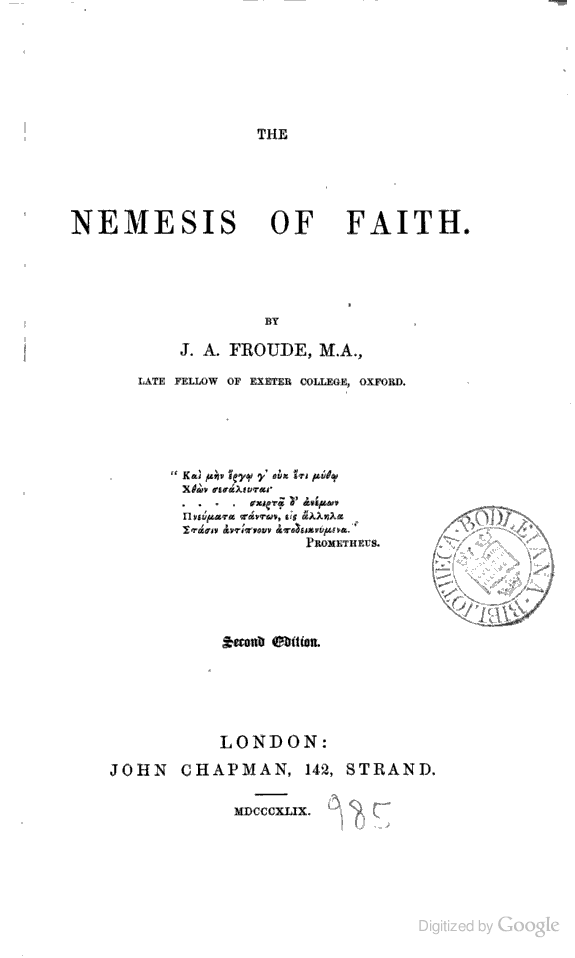|
William Elphinstone, 15th Lord Elphinstone
William Buller Fullerton Elphinstone, 15th Lord Elphinstone and 1st Baron Elphinstone (18 November 1828 – 18 January 1893), known as William Elphinstone until 1861, was a Scottish Conservative politician. Early life Elphinstone was born on 18 November 1828. He was the son of Lieutenant-Colonel James Drummond Fullerton Elphinstone (1788–1857) and his second wife, Anna Maria (née Buller) Elphinstone, who married on 25 February 1824. His father was previously married to Diana-Maria Clavering, who died Christmas Eve of 1821. His father was the fourth son of the Hon. William Elphinstone, himself the third son of Charles Elphinstone, 10th Lord Elphinstone. His paternal uncle was Major-General William George Keith Elphinstone. His mother was the only daughter of Vice-Admiral Sir Edward Buller and Gertrude van Cortlandt (descendant of Stephanus Van Cortlandt, the Schuyler family and the de Peyster family from British North America). Career He served as a midshipman on HMS ''Gra ... [...More Info...] [...Related Items...] OR: [Wikipedia] [Google] [Baidu] |
The Right Honourable
''The Right Honourable'' (abbreviation: ''Rt Hon.'' or variations) is an honorific Style (form of address), style traditionally applied to certain persons and collective bodies in the United Kingdom, the former British Empire and the Commonwealth of Nations. The term is predominantly used today as a style associated with the holding of certain senior public offices in the United Kingdom, Canada, New Zealand, and to a lesser extent, Australia. ''Right'' in this context is an adverb meaning 'very' or 'fully'. Grammatically, ''The Right Honourable'' is an adjectival phrase which gives information about a person. As such, it is not considered correct to apply it in direct address, nor to use it on its own as a title in place of a name; but rather it is used in the Grammatical person, third person along with a name or noun to be modified. ''Right'' may be abbreviated to ''Rt'', and ''Honourable'' to ''Hon.'', or both. ''The'' is sometimes dropped in written abbreviated form, but is al ... [...More Info...] [...Related Items...] OR: [Wikipedia] [Google] [Baidu] |
Robert Gascoyne-Cecil, 3rd Marquess Of Salisbury
Robert Arthur Talbot Gascoyne-Cecil, 3rd Marquess of Salisbury (; 3 February 183022 August 1903) was a British statesman and Conservative politician who served as Prime Minister of the United Kingdom three times for a total of over thirteen years. He was also Foreign Secretary for much of his tenure, and during his last two years of office he was Lord Keeper of the Privy Seal. He avoided alignments or alliances, maintaining the policy of " splendid isolation". Lord Robert Cecil, also known as Lord Salisbury, was first elected to the House of Commons in 1854 and served as Secretary of State for India in Lord Derby's Conservative government 1866–1867. In 1874, under Disraeli, Salisbury returned as Secretary of State for India, and, in 1878, was appointed foreign secretary, and played a leading part in the Congress of Berlin. After Disraeli's death in 1881, Salisbury emerged as Conservative leader in the House of Lords, with Sir Stafford Northcote leading the party in the C ... [...More Info...] [...Related Items...] OR: [Wikipedia] [Google] [Baidu] |
Claude Bowes-Lyon, 14th Earl Of Strathmore And Kinghorne
Claude George Bowes-Lyon, 14th and 1st Earl of Strathmore and Kinghorne, (14 March 1855 – 7 November 1944), styled as Lord Glamis from 1865 to 1904, was a British peer and landowner who was the father of Queen Elizabeth The Queen Mother, the maternal grandfather of Queen Elizabeth II, and a great-grandfather to King Charles III. Life and family The Earl was born in Lowndes Square, London, the son of Claude Bowes-Lyon, 13th Earl of Strathmore and Kinghorne, and his wife, the former Frances Smith.White, Geoffrey and Cokayne, G. E., ''The Complete Peerage'', St Catherine's Press, London, 1953; vol. XII, pp. 402–3. His younger brother Patrick Bowes-Lyon was a tennis player who won the 1887 Wimbledon doubles. After being educated at Eton College, the Earl received a commission in the 2nd Life Guards in 1876 and served for six years until the year after his marriage.''The Times'' (London), Wednesday, 8 November 1944, p. 7, col. C. He was an active member of the Terri ... [...More Info...] [...Related Items...] OR: [Wikipedia] [Google] [Baidu] |
Mary Elphinstone, Lady Elphinstone
Mary Frances Buller-Fullerton-Elphinstone, Lady Elphinstone DCVO (née Lady Mary Frances Bowes-Lyon; 30 August 1883 – 8 February 1961), was a maternal aunt and godparent of Queen Elizabeth II. Early life Lady Elphinstone was born Lady Mary Frances Bowes-Lyon on 30 August 1883 in Angus, Scotland, to Claude Bowes-Lyon, 14th Earl of Strathmore and Kinghorne and Cecilia Cavendish-Bentinck. She was an elder sister of Elizabeth Bowes-Lyon known as Queen Elizabeth of the United Kingdom (later The Queen Mother). Personal life Lady Mary married Sidney Elphinstone, 16th Lord Elphinstone (1869–1955) on 24 July 1910 in Westminster. Lord Elphinstone inherited extensive estates, some of which had been in the family since the reign of King David II of Scotland. He served as a governor of the Bank of Scotland, Lord Clerk Register of Scotland and Keeper of the Signet and Lord High Commissioner of the Church of Scotland. The couple had five children: * The Hon. Mary Elizabeth Elphinstone ... [...More Info...] [...Related Items...] OR: [Wikipedia] [Google] [Baidu] |
Sidney Elphinstone, 16th Lord Elphinstone
Sidney Herbert Elphinstone, 16th Lord Elphinstone and 2nd Baron Elphinstone, (27 July 1869 – 28 November 1955) was a British nobleman. Early life Sidney Herbert Elphinstone was born at Carberry Tower south-east of Edinburgh on 27 July 1869. He was the son of William, 15th Lord Elphinstone and Lady Constance Murray (28 Dec 1838 – 16 Mar 1922). His maternal grandparents were Alexander Murray, 6th Earl of Dunmore and Lady Catherine Herbert, daughter of the 11th Earl of Pembroke. His paternal grandparents were Lieutenant-Colonel James Drummond Fullerton Elphinstone and his second wife, Anna Maria (née Buller) Elphinstone, the daughter of Sir Edward Buller, 1st Baronet. He was educated at Marlborough College and succeeded his father in 1893. Career Lord Elphinstone was Lord High Commissioner to the General Assembly of the Church of Scotland in 1923 and 1924, Lord Clerk Register of Scotland and Keeper of the Signet from 1944 until his death. From 1924 to 1930 he served ... [...More Info...] [...Related Items...] OR: [Wikipedia] [Google] [Baidu] |
Cunliffe Baronets
The Cunliffe Baronetcy, of Liverpool in the County of Lancaster, is a title in the Baronetage of Great Britain. It was created on 26 March 1759 for Sir Ellis Cunliffe, a slave trader and Member of Parliament for Liverpool. The fourth Baronet was a General in the Bengal Army. The fifth Baronet represented Flint Boroughs and Denbigh Boroughs in the House of Commons. Three other members of the family may also be mentioned. George Gordon Cunliffe (1829-1900), son of Brooke Cunliffe, fourth son of the third Baronet, was a major-general in the British Army. His son Frederick Hugh Gordon Cunliffe (1861–1955) was a brigadier-general in the Seaforth Highlanders. Robert Lionel Brooke Cunliffe, son of Colonel Foster Lionel Brooke, son of the aforementioned Brooke Cunliffe, fourth son of the third Baronet, was a captain in the Royal Navy. Cunliffe baronets, of Liverpool (1759) * Sir Ellis Cunliffe, Kt., 1st Baronet (1717–1767) * Sir Robert Cunliffe, 2nd Baronet (1719–1778) *Sir Fo ... [...More Info...] [...Related Items...] OR: [Wikipedia] [Google] [Baidu] |
Charles Murray, 7th Earl Of Dunmore
Charles Adolphus Murray, 7th Earl of Dunmore VD (24 March 1841 – 27 August 1907), styled Viscount Fincastle from birth until 1845, was a Scottish peer, Conservative politician, explorer, author, and artist. Family background Fincastle was the eldest son of Alexander Murray, 6th Earl of Dunmore and his wife, Catherine. His maternal grandmother was the Russian noblewoman Countess Catherine Woronzoff (or Vorontsova), daughter of the Russian ambassador to St James's, Semyon Romanovich Vorontsov. Biography He traveled to North America to observe the American Civil War with a number of other British officers. He then traveled at least as far as Manitoba and painted a number of watercolors across the United States and Canada. In 1874, he was appointed a Lord-in-waiting in Disraeli's government, a post he held until 1880. In 1875, he was made Lord Lieutenant of Stirlingshire, which he remained until 1885. In 1882 he was appointed lieutenant-colonel of the 1st Inverness ... [...More Info...] [...Related Items...] OR: [Wikipedia] [Google] [Baidu] |
Alexander Murray, 6th Earl Of Dunmore
Alexander Edward Murray, 6th Earl of Dunmore (1 June 1804 – 15 July 1845) was the son of George Murray, 5th Earl of Dunmore. On 27 September 1836 in Frankfurt, Germany, he married Lady Catherine Herbert, daughter of the 11th Earl of Pembroke. They had four children: *Lady Susan Catherine Mary Murray ( 7 Jul 1837 – 27 April 1915), married James Carnegie, 9th Earl of Southesk *Lady Constance Euphemia Woronzow Murray (28 Dec 1838 – 16 March 1922), married William Elphinstone, 15th Lord Elphinstone * Charles Adolphus Murray, 7th Earl of Dunmore (24 Mar 1841 – 27 Aug 1907) *Lady Victoria Alexandrina, or Lady Alexandrina Victoria Murray (19 Jul 1845 – 21 Nov 1911), married Rev. Henry Cunliffe (1826–1894), son of Sir Robert Henry Cunliffe, 4th Baronet. References External links * Earls of Dunmore 1804 births 1845 deaths Alexander Alexander is a male given name. The most prominent bearer of the name is Alexander the Great, the king of the Ancient Greek ... [...More Info...] [...Related Items...] OR: [Wikipedia] [Google] [Baidu] |
Sir George Grey
Sir George Grey, KCB (14 April 1812 – 19 September 1898) was a British soldier, explorer, colonial administrator and writer. He served in a succession of governing positions: Governor of South Australia, twice Governor of New Zealand, Governor of Cape Colony, and the 11th premier of New Zealand. He played a key role in the colonisation of New Zealand, and both the purchase and annexation of Māori land. Grey was born in Lisbon, Portugal, just a few days after his father, Lieutenant-Colonel George Grey was killed at the Battle of Badajoz in Spain. He was educated in England. After military service (1829–37) and two explorations in Western Australia (1837–39), Grey became Governor of South Australia in 1841. He oversaw the colony during a difficult formative period. Despite being less hands-on than his predecessor George Gawler, his fiscally responsible measures ensured the colony was in good shape by the time he departed for New Zealand in 1845.G. H. Pitt, "The ... [...More Info...] [...Related Items...] OR: [Wikipedia] [Google] [Baidu] |
Mount Tarawera
Mount Tarawera is a volcano on the North Island of New Zealand within the older but volcanically productive Ōkataina Caldera. Located 24 kilometres southeast of Rotorua, it consists of a series of rhyolitic lava domes that were fissured down the middle by an explosive basaltic eruption in 1886. This eruption was one of New Zealand's largest historical eruptions, and killed an estimated 120 people. The fissures run for about northeast-southwest. The volcano's component domes include Ruawahia Dome (the highest at 1,111 metres), Tarawera Dome and Wahanga Dome. It is surrounded by several lakes, most of which were created or drastically altered by the 1886 eruption. These lakes include Lakes Tarawera, Rotomahana, Rerewhakaaitu, Ōkataina, Ōkareka, Tikitapu / Blue and Rotokākahi / Green. The Tarawera River runs northeastwards across the northern flank of the mountain from Lake Tarawera. In 2000, the mountain was ceded to the Ngāti Rangitihi sub-tribe of Te A ... [...More Info...] [...Related Items...] OR: [Wikipedia] [Google] [Baidu] |
Pink & White Terraces
The Pink and White Terraces ( and ), were natural wonders of New Zealand. They were reportedly the largest silica sinter deposits on earth. Until recently, they were lost and thought destroyed in the 1886 eruption of Mount Tarawera, while new hydrothermal features formed to the south-west i.e. Waimangu Volcanic Rift Valley. The Pink and White Terraces were formed by upwelling geothermal springs containing a cocktail of silica-saturated, near-neutral pH chloride water. These two world-famous springs were part of a group of hot springs and geysers, chiefly along an easterly ridge named Pinnacle Ridge (or the Steaming Ranges by Mundy). The main tourist attractions included Ngahapu, Ruakiwi, Te Tekapo, Waikanapanapa, Whatapoho, Ngawana, Koingo and Whakaehu. The Pink and the White Terrace springs were around apart. The White Terraces were at the north-east end of Lake Rotomahana and faced west to north west at the entrance to the Kaiwaka Channel. Te Tarata descended to the lake ed ... [...More Info...] [...Related Items...] OR: [Wikipedia] [Google] [Baidu] |
James Anthony Froude
James Anthony Froude ( ; 23 April 1818 – 20 October 1894) was an English historian, novelist, biographer, and editor of ''Fraser's Magazine''. From his upbringing amidst the Anglo-Catholic Oxford Movement, Froude intended to become a clergyman, but doubts about the doctrines of the Anglican church, published in his scandalous 1849 novel '' The Nemesis of Faith'', drove him to abandon his religious career. Froude turned to writing history, becoming one of the best-known historians of his time for his ''History of England from the Fall of Wolsey to the Defeat of the Spanish Armada''. Inspired by Thomas Carlyle, Froude's historical writings were often fiercely polemical, earning him a number of outspoken opponents. Froude continued to be controversial up until his death for his ''Life of Carlyle'', which he published along with personal writings of Thomas and Jane Welsh Carlyle. These publications illuminated Carlyle's often selfish personality, and led to persistent gossip an ... [...More Info...] [...Related Items...] OR: [Wikipedia] [Google] [Baidu] |
_(cropped).jpg)







